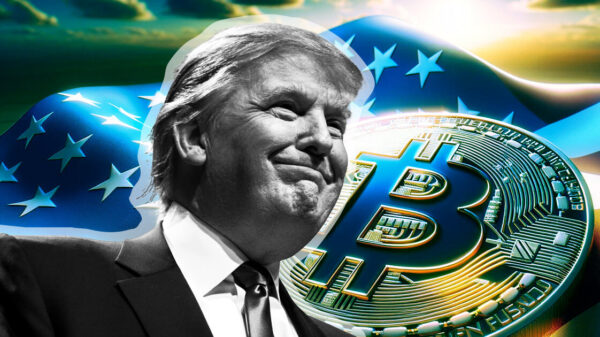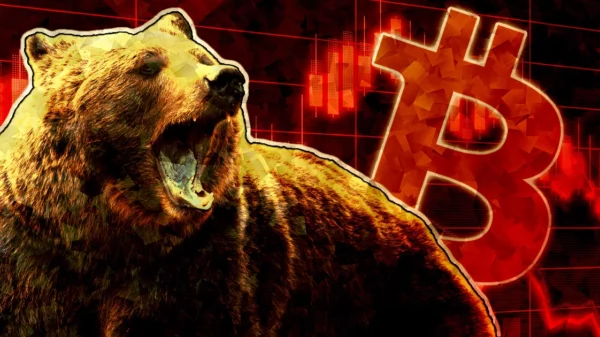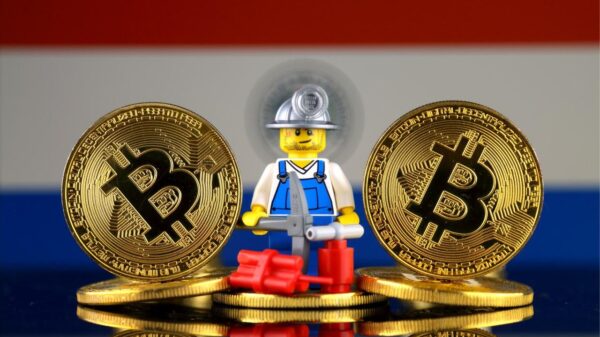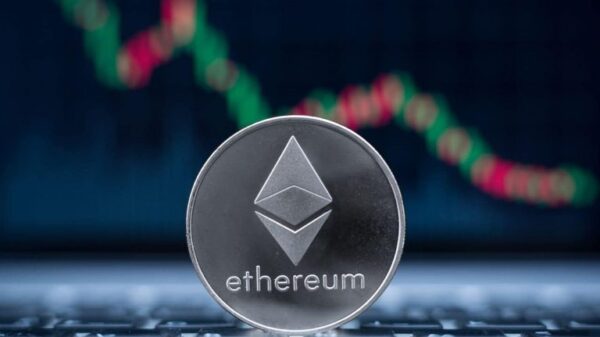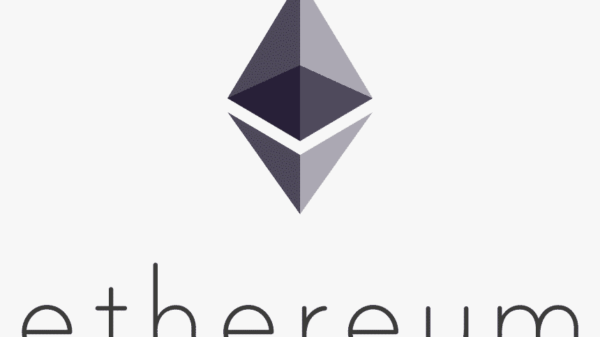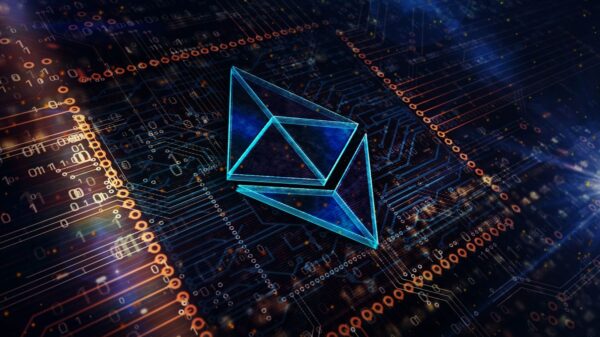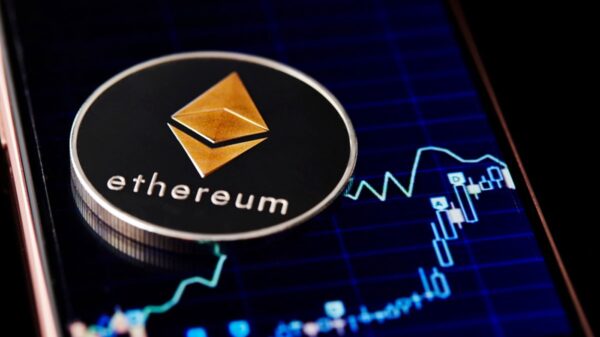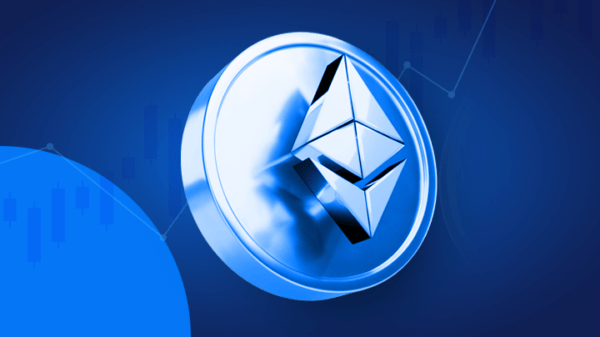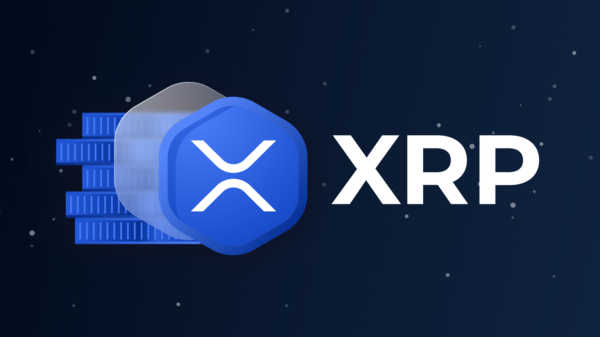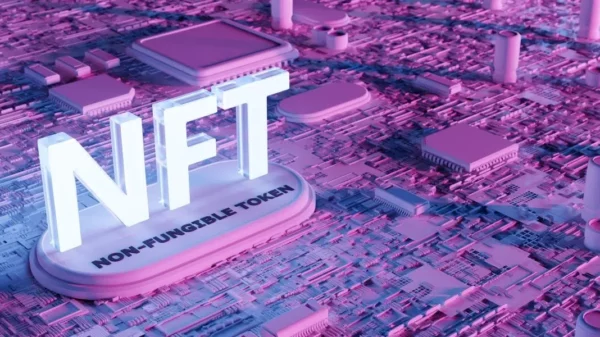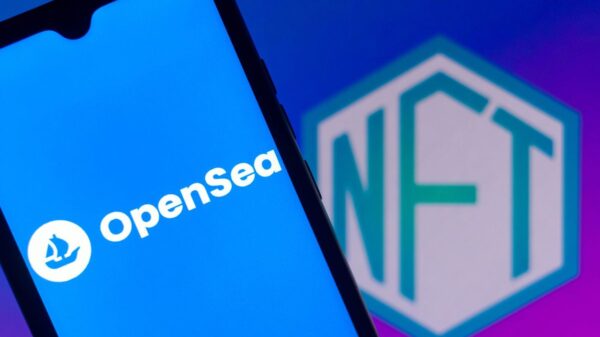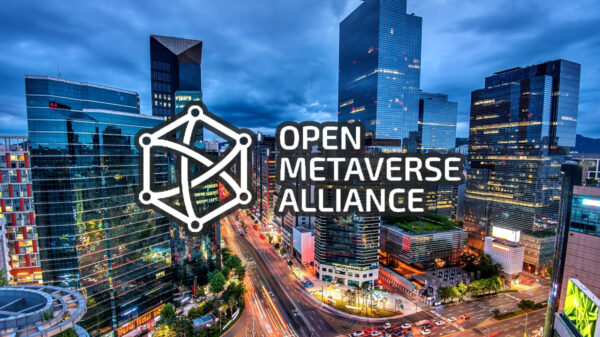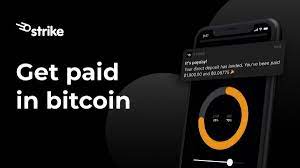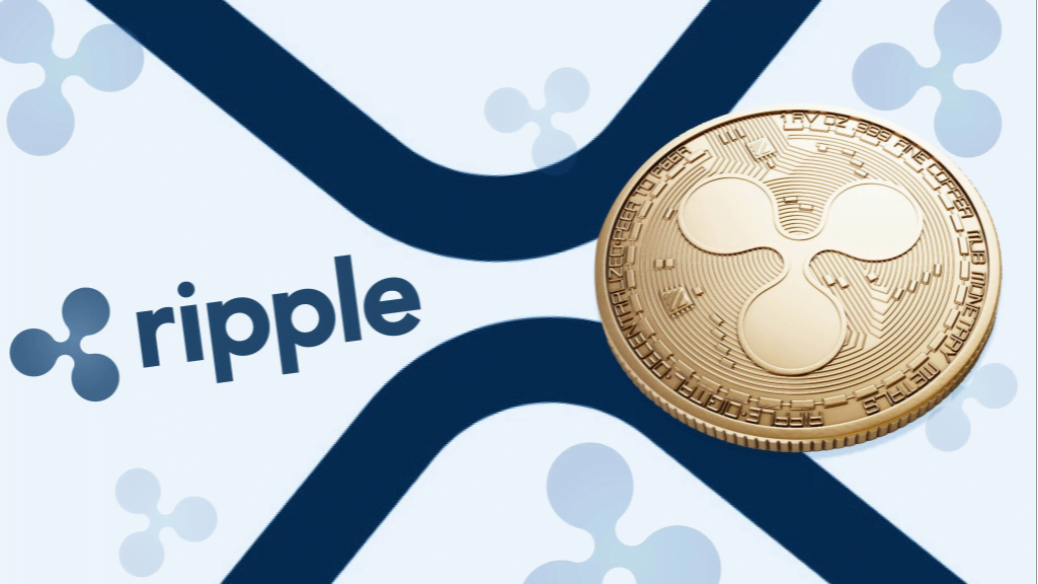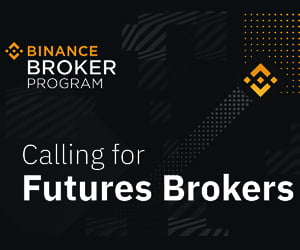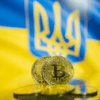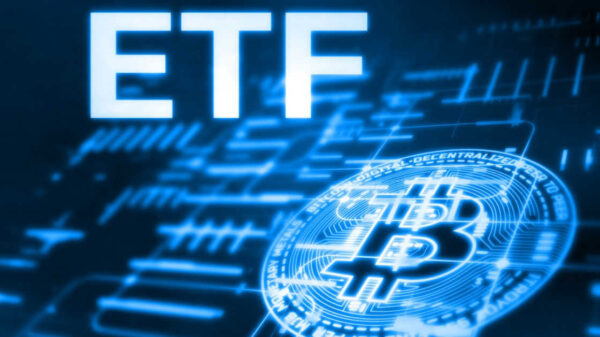
If we want to expand the metaverse, developers should take lessons from pre-blockchain game developers
Game developers have solved staking, liquidity pooling and other aspects of blockchain technology, but they are still whiffing on the gaming part of their projects.
They focus too much on token implementation. If we want to expand the metaverse, developers must do better. Pre-blockchain games that were wildly popular may offer at least a partial road map for them to follow.
Fast forward one year and everything looks … roughly the same.
Sure, there are more crypto games today, but scroll through dAppRadar, and you’ll notice that the majority of blockchain games are either “tap-and-wait” idle-clickers, thinly veiled yield farmers or generic collectible card games. If crypto gaming purports to be a driving force behind the metaverse, why are most blockchain games entirely one dimensional?
Blockchain technology has the potential to empower players in an unprecedented fashion, enfranchising users as partners with financial compensation and governance ability. However, these factors alone cannot drive mass adoption when the games themselves lack depth and immersion.
How many blockchain games have lore or world-building? Where is the community-driven content and engagement on social media? It’s difficult to even find YouTube or Twitch gameplay of crypto games that supposedly have hundreds of thousands of users.
Crypto gaming is saturated with re-skinned versions of early iOS and social network games. Alien Worlds, Upland and Bomb Crypto all heavily limit gameplay with cool-down timers, arbitrary action limits and depleting features similar to energy or stamina. Farmers World and Sunflower Farmers are carbon copies of the original FarmVille. These titles all relinquished playable content in favor of the ability to mint NFTs (non-fungible tokens) and exchange native tokens for in-game currency. But blockchain should be an augmenting, not a primary, feature for a successful game.
To that end, Web 3 games will require a healthy balance of on-chain and off-chain features. In a fully on-chain architecture, recurrent, expensive transaction fees can negatively impact gameplay for small activities, particularly if the game is built on a busy ecosystem like Ethereum.
Developers also face unique challenges in using blockchain technology, such as whether game features will enable token manipulation and arbitrage opportunities, or otherwise be impacted by market forces that are part of the in-game economy. Introducing off-chain gameplay allows developers to deploy useful aspects of the blockchain, while avoiding its drawbacks.
Looking back to go forward
For the industry to progress, gaming studios need to look backward to legacy developers. Open world Web 2.0 video games like Roblox and Minecraft offer players unrestricted environments that they can customize, resulting in ecosystems where users and independent developers generate much of the in-game content.
For example, Minecraft servers may use third-party plug-ins to establish decentralized virtual economies, enforce basic land and property rights, and create internal governance structures. Simultaneously, these virtual worlds have grown alongside the player base, allowing players to discover new items, areas and strategies and to independently bring them to the community. On the blockchain, this would mean that assets for sale in exchanges or marketplaces should always be player created or earned.
Which they aren’t.
Over the last two decades, the world’s largest games (e.g. League of Legends, Fortnite, World of Warcraft) grew on the freemium model, where users have limited game access at no cost and pay premiums to receive additional in-game features. This model gives users a way to trial the game before paying anything, an important distinction between today’s crypto games and what has worked in the past.
There are rumblings that major studios will solve the industry’s problems in their releases. But, with current projections pushing AAA (large studio) blockchain game releases as far out as 2024, is the industry meant to stagnate in the interim?
Independent studios or user-modified forks of big box games drive gaming innovation. The entire MOBA (multiplayer online battle arena) genre and esports scene spawned from a player-made custom map for StarCraft and a community-developed mod for Warcraft 3.
Don’t be caught off guard when the dominant blockchain game of the next decade arises from a small studio before the AAA gaming brands ever publish a pixel.
coindesk

